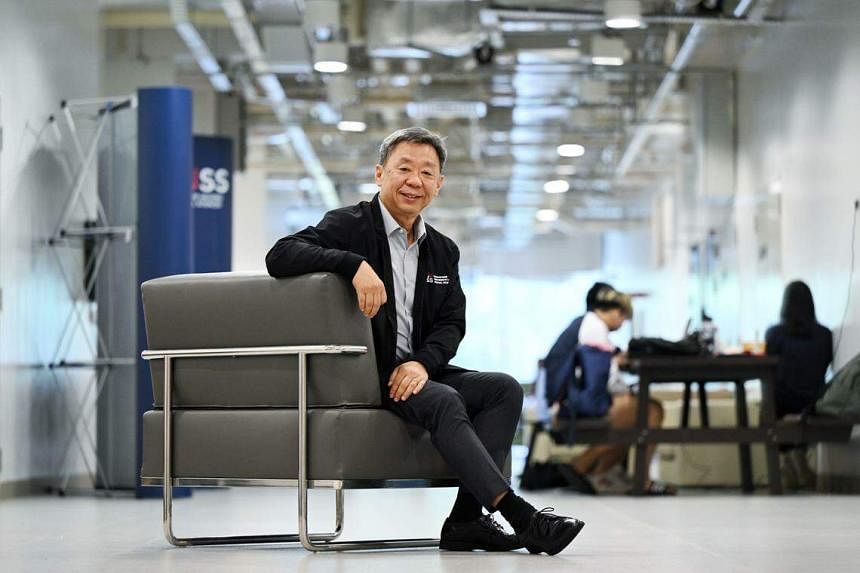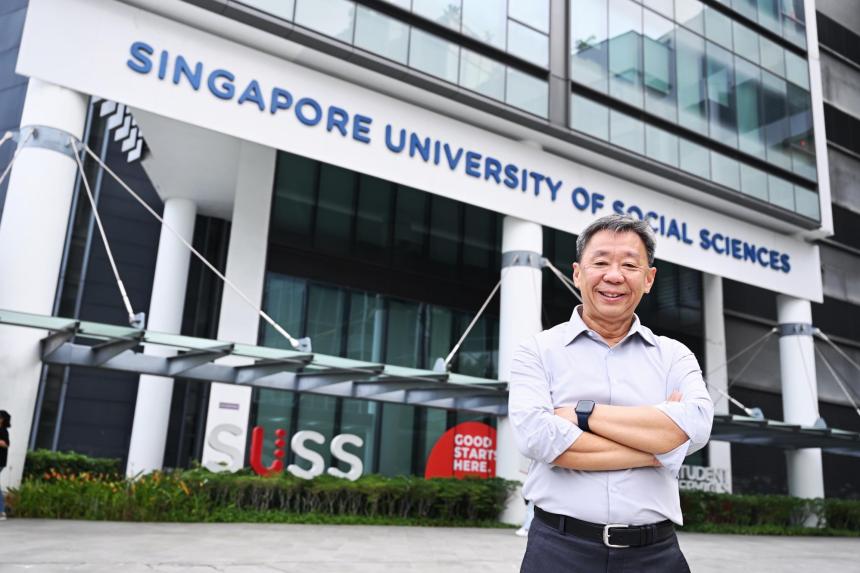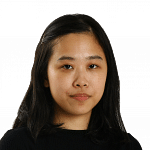SINGAPORE - In the next 10 years, the Singapore University of Social Sciences (SUSS) will grow to accommodate 40,000 students, both full-time and part-time.
This is up from about 30,000 students currently, a third of whom are pursuing shorter continuing education and training (CET) courses.
In his first in-depth media interview since he took the helm of Singapore’s sixth university in January, SUSS president Tan Tai Yong said earlier in September that the growth in student places will come from mainly CET learners and an expansion in graduate programmes. This will culminate in a new campus that he hopes will be ready by 2030.
The school has been operating on rented premises in Clementi Road.
“If all goes smoothly, by 2030 or 2031, we should have a new campus… Hopefully by next year, we will have some indication where the location is,” said Professor Tan, adding that the campus must be able to accommodate a student population of about 40,000.
“We are bursting at the seams already,” he said. “So every corner that we can find to support some degree of student life, we will make use of it, but at this point in time it’s very tight.
“In the past two years, because of Covid-19, we didn’t really feel it because people were keeping away, but now they’re all coming back.”
SUSS currently rents space from Ngee Ann Polytechnic for its business school faculty, and its Institute of Adult Learning operates at the Lifelong Learning Institute in Eunos Road.
The university is exploring the possibility of having a student life centre housed within Ngee Ann Polytechnic in the next few years, to give students a fuller co-curricular experience.
As for its own premises in future, Prof Tan said: “We do envisage a campus that operates quite long hours, with some learners coming in the evenings, and we want to create spaces for people to have various interactions with community and industry.
“We must have a campus that can serve us for another 10 to 15 years. So here is where we are trying to imagine what the new learning modes are going to be like, and given technology, given new ways of learning, we will have to imagine it quite differently.”
Prof Tan said this is also a chance to think boldly about how higher education can be conducted, particularly because SUSS serves a diverse student population.
“You are dealing with not just a common-base, monolithic student population, but a very mixed base, and they have different demands and different needs,” he said.
From the start, SUSS’ clear mandate is to support and provide continuing education for students who did not pursue a degree right after their A levels or International Baccalaureate but went out to work first, he added. “So basically the old tramline approach, where after A levels you went to do a degree, and then after a degree you went to work, and then pursue a master’s, is now in a way being disrupted.”
SUSS’ role in addressing these changing needs will be increasingly important, said Prof Tan, with the economy being disrupted, new job demands and changes in technology.
“We don’t have the luxury, neither do we want to function as an ivory tower,” he said, adding that SUSS will need to be very sensitive to industry needs.
“I also want to qualify that we are not a vocational institute or a community college, where you’re just creating a set of skills for people to take and then go and apply,” he said. “We are a university, and in a university, you must layer other types of education to prepare somebody for a longer life of careers.”
Prof Tan said SUSS will play a bigger role in bringing together agencies to tackle real-world societal issues, and encouraging faculty to pursue research that is relevant for Singapore’s needs.
Therefore, the university will not use a single metric of publications or citations in evaluating its faculty, he said.
“For promotion to associate professor, we want to see good teaching, research activity and some impact in your research, but you tell us where your impact is. You may not have published as many papers as say, someone from NUS of your same vintage, but your papers have influenced policymakers in some other ways,” he said.
“For promotion to full professor, you must also have some international standing, which can be through your publication in journals and articles, but you could be an authority in your field – say in social work, you could have developed a method of intervention that may be unique to Singapore, but is replicable in other societies.”

SUSS also wants to be accessible to more CET learners, including those keen on courses that may not lead to degrees immediately, he said.
These courses may be co-developed and co-taught with industry partners and agencies, unlike traditional university modules.
As at June, 1,253 associates, or industry experts, were engaged on a needs basis to teach classes, said Prof Tan, compared with under 300 full-time faculty members.
He added that it is also exploring how such modules can be stacked to earn credits and a degree over time. Currently, about 60 per cent of its CET courses have this possibility of being stacked, he said.
SUSS will also look at conducting longitudinal studies to understand the impact of its CET courses on individuals in terms of job prospects and aspirations, said Prof Tan.
This will be different from the annual graduate employment survey that applies only to full-time students, and is more a snapshot of outcomes six months after graduation, he said.
Coming from his most recent role as president of Yale-NUS College for five years, Prof Tan said the challenges he faces at SUSS are different and more complex.
“One is a very small residential liberal arts college… I see the students almost every day, I know many of them by name. The scale here (at SUSS) is very different, you have a lot of part-time students who I sometimes don’t see at all… it’s also a bigger campus,” he said.
“At Yale-NUS, they come in at 18 years old, they want to graduate at 22. They want to get a good job and good education. Here, they have similar motives, but the challenges are quite different.”
Many students at SUSS are juggling raising young families while working and studying, or may face financial challenges, he said. “So it’s a different set of challenges for me... It’s very meaningful work that is worth doing... because this is what Singapore needs at this time.”


